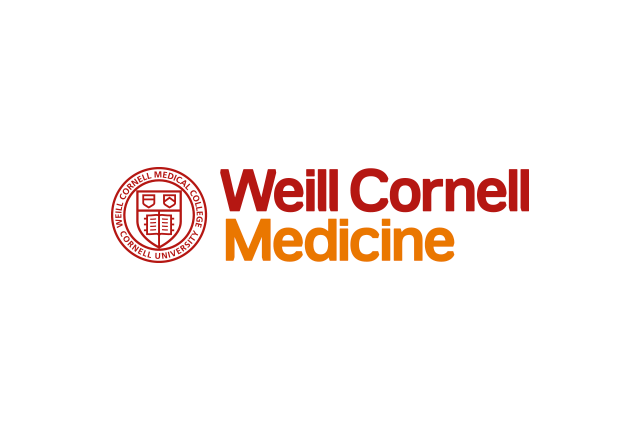The continuing popularity of researching one's family tree has recently taken on added meaning when it comes to tracking life-threatening diseases in families.
Certified Genetic Counselor Ann Carlson, M.S., presented a lecture on July 11 at Weill Cornell Medical College on how to get started making a family tree, not only as a fun and informative hobby but as a way of creating a family medical history. Patterns of cancer, heart disease, mental retardation and autoimmune diseases like rheumatoid arthritis or lupus can often be established by creating a family tree, said Carlson, who helps patients with this task at Weill Cornell's Monahan Center for Gastrointestinal Health.
Genealogy can be very time-consuming and requires a good deal of detective work. Carlson recommends starting family trees during gatherings such as holidays or family reunions to see whether relatives recall recurring medical conditions in the family's history. Genetic counselors steer patients toward researching not only what disease deceased relatives might have had, but at what age they got it, which organ was affected, and their age at death.
"The Internet is brimming with information for budding genealogists," Carlson said, "but some go the old-fashioned route, using notecards and file folders to gather and organize their research." Still, others use spreadsheets or special software such as Rootsmagic, which is designed specifically to create family trees. Carlson also recommended sharing discoveries with other relatives who are also researching the family tree by using the GEDCOM software, which allows data sharing between other genealogical software products.
If your purpose is to document medical histories, Carlson suggested visiting familyhistory.hhs.gov, created by the U.S. Surgeon General's office, to input your data. "There's a big push by the government to get people to start tracking medical conditions in their families," she said. "Once you create this data you can print it out and take it to your doctor to add to your own medical file."
When conducting the research, primary source material such as birth certificates or ships' manifests—logs for all passengers booked for passage on a ship—are the most useful. Such first-hand biographical data is prized over secondary sources such as third-party recollections of births, deaths and other family events, which may be accurate but harder to verify.
Sometimes death certificates can be useful as a primary source, especially for relatives who died long ago and whose cause of death isn't remembered by living relatives—but Carlson warned that death certificates has its own drawbacks. Primarily, they are only obtainable from the municipality where the death occurred, so obtaining them may involve travel. Additionally, "natural causes" was often cited as a cause of death years ago. Sometimes research into local civic history is required when seeking primary source material; for example, if searching for 19th-century relatives who lived in the Bronx, researchers should be aware that before 1898 the Bronx was considered part of Manhattan and is listed as such in census records.
Using anecdotes from her own family to illustrate her points, Carlson emphasized that creating a family tree can be an excellent way of researching medical history, as well as reconnecting with distant relatives and to share research, photos and forgotten stories. "You can always hire a professional genealogist," said Carlson, "but in my mind, half the fun is the search."

